Best Audio Editing Software Mac
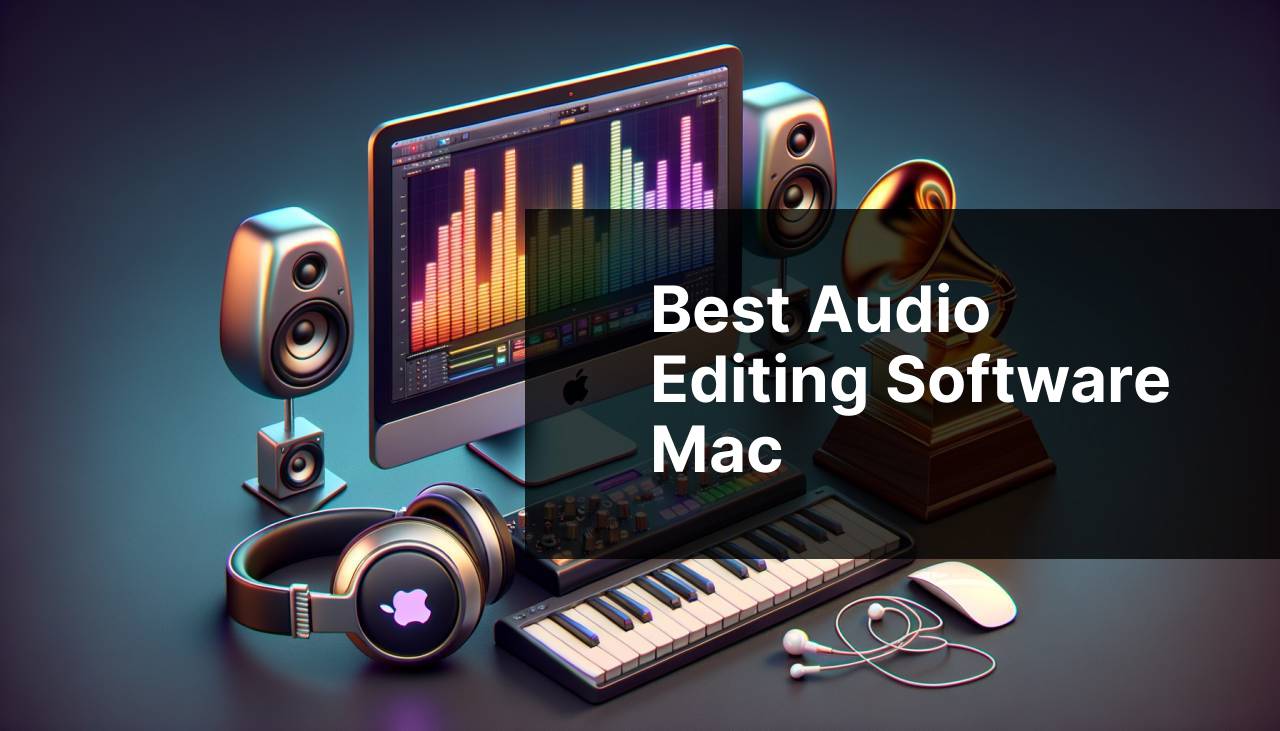
As an avid podcaster and music enthusiast, I can confidently say that the world of audio editing is where the magic really happens. It’s where raw files transform into polished art, captivating listeners with every beat, pause, and inflection. Among my peers who are Mac users, the debate over the best audio editing software is a common and passionate one. Today, I want to share my own experiences and insights into some of the top contenders for this title.
Logic Pro X
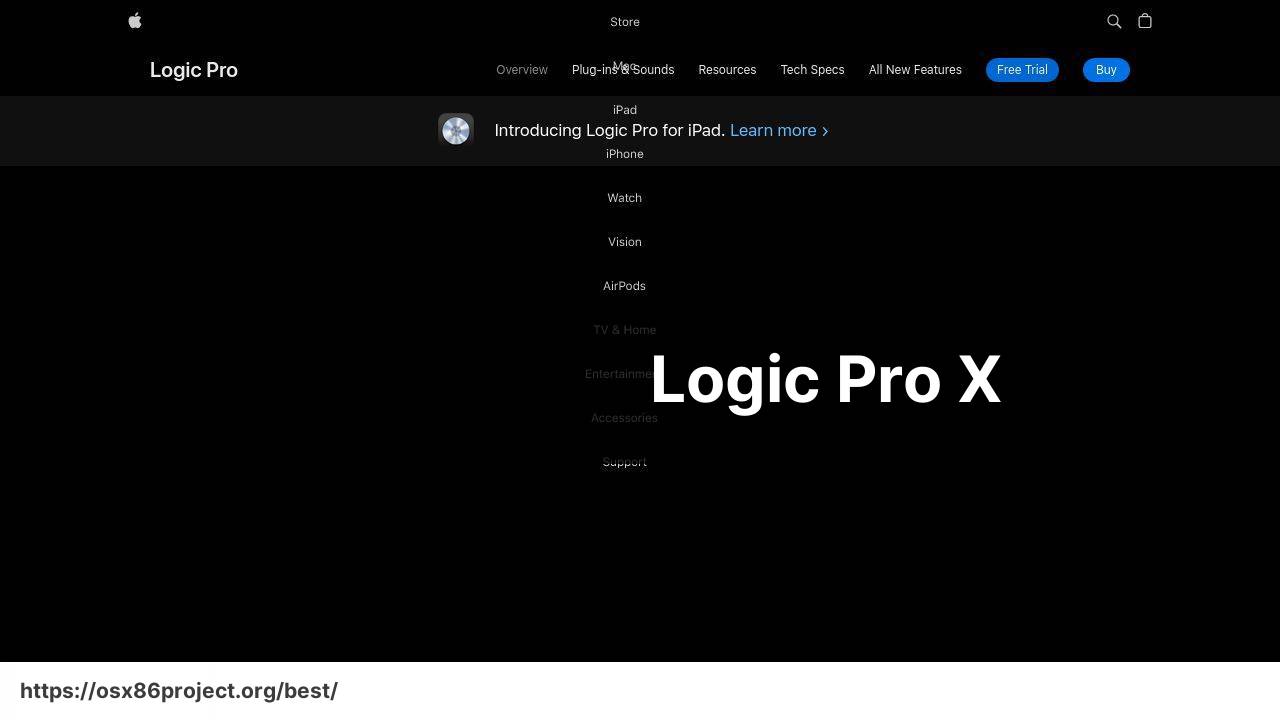
As a natural extension of the Mac ecosystem, Logic Pro X offers a complete set of professional-grade tools tailored for music production. With its vast collection of instruments, effects, and loops, it’s no wonder why this comprehensive DAW (Digital Audio Workstation) has become a staple in the industry.
Pros
- Extremely comprehensive set of features and effects
- Seamless integration with other Apple products and services
Cons
- Steep learning curve for beginners
- High initial cost
Pro Tools
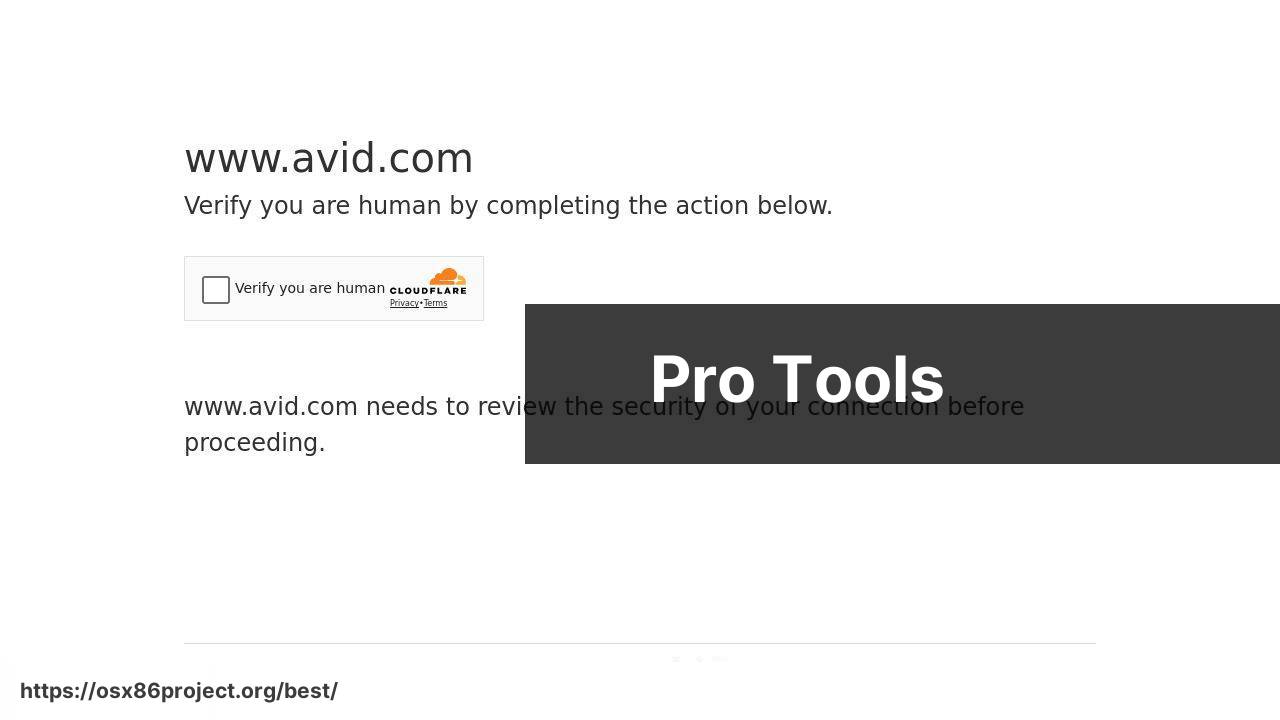
Known as the industry standard, Pro Tools is a go-to choice for many audio professionals. Its powerful mixing, recording, and editing capabilities are hard to match. If you’re collaboration-oriented, Pro Tools might just offer everything you need for your projects.
Pros
- High-end professional features for advanced users
- Widely used and accepted in the professional industry
Cons
- Complex for home users and beginners
- Subscription-based model may be expensive over time
REAPER
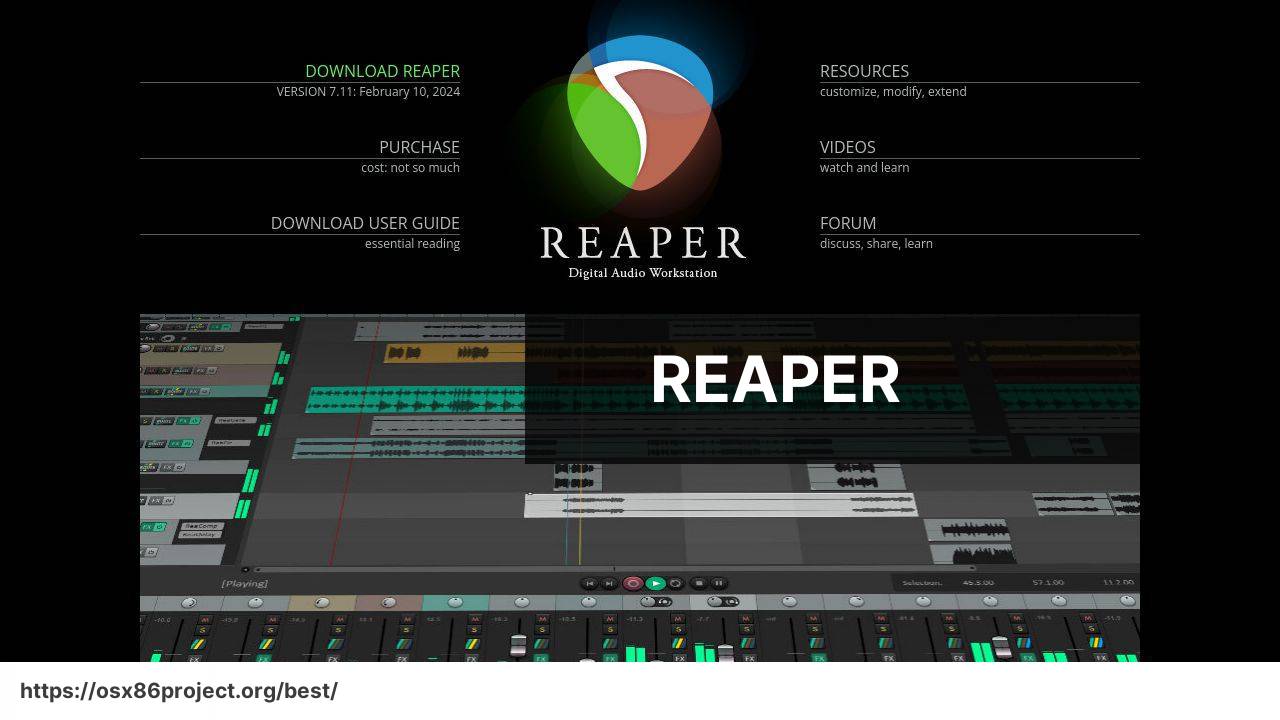
Offering a different take on the audio editing software landscape, REAPER might lack the brand recognition of its peers, but it’s an incredibly versatile and cost-effective DAW. With its customizable interface and wide compatibility with plugins, REAPER suits those who enjoy personalizing their workflows.
Pros
- Flexible and lightweight with a minimal CPU footprint
- Affordable with a generous evaluation period
Cons
- Lacks some of the flashy built-in instruments and effects found in other DAWs
- User interface may seem less polished
Adobe Audition
For creatives already working within the Adobe ecosystem, Adobe Audition is a harmonious addition. This comprehensive audio workstation is designed for editing, mixing, and restoring audio content. It is particularly well-suited for podcasters and radio broadcasters.
Pros
- Powerful noise reduction and audio restoration tools
- Straightforward integration with other Adobe software
Cons
- Subscription model can be costly
- May be overkill for simpler audio editing tasks
GarageBand
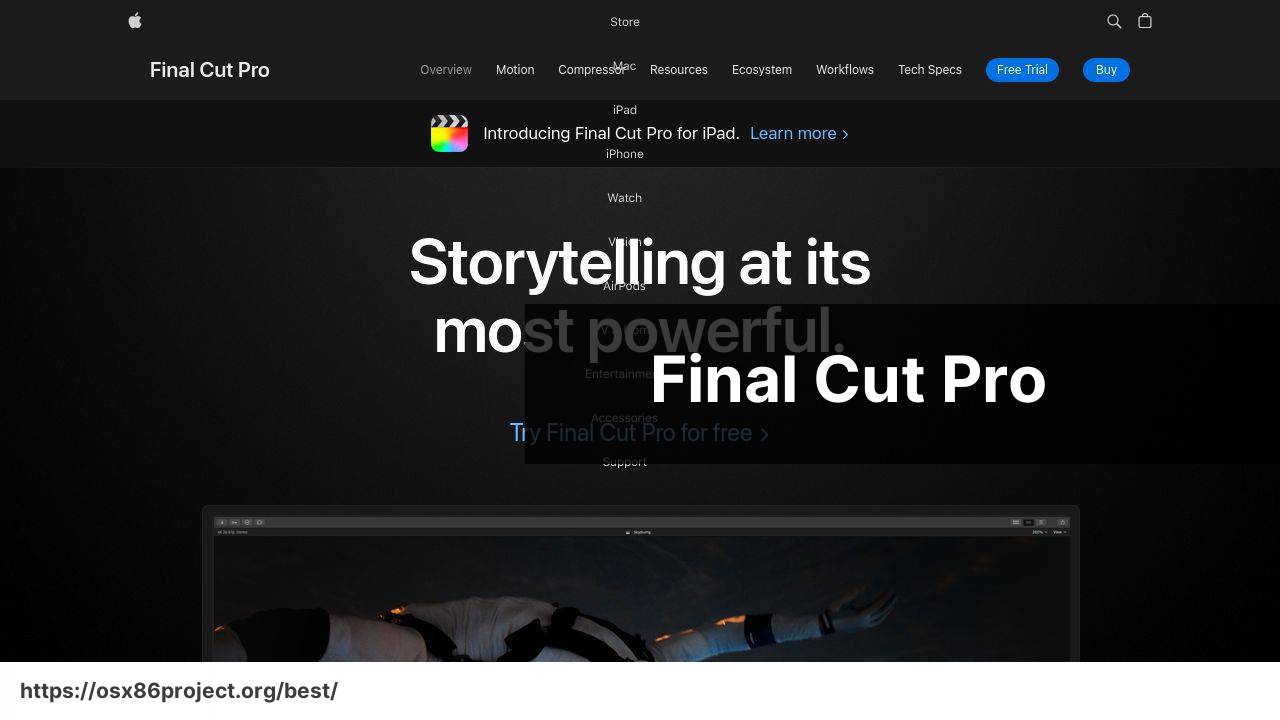
GarageBand is Apple’s entry-level DAW, making it a fantastic starting point for beginners and hobbyists. As a free application on Macs, it provides a very accessible platform for those looking to dip their toes into audio creation without the initial investment.
Pros
- User-friendly interface suitable for beginners
- Free for macOS users
Cons
- Limited features compared to professional DAWs
- Exclusive to Mac, limiting cross-platform collaboration
Conclusion:
Sculpting sound isn’t just about having the right software; it’s a skill finely tuned over time. Training your ear is a fundamental part of becoming great at audio editing. Websites like SoundGym offer fun, interactive ways to improve your listening skills.
Remember, while software is a crucial tool, it’s your creativity and ears that truly make the difference. Continue to learn by consuming content from professionals on platforms like YouTube or take advantage of courses on Udemy that can elevate your technical proficiency.
Also, keep an eye on compatibility with future macOS updates. Mac users know the struggle when an update disrupts their favorite software. Checking forums or official support pages before updating your operating system can save you from unwanted surprises.
FAQ
What are some of the top recommended audio editing software options for Mac?
Leading options for audio editing on Mac include Logic Pro X, Ableton Live, and GarageBand, with each offering a range of features for both professionals and hobbyists.
How does GarageBand stand out as an audio editing tool for Mac users?
GarageBand is ideal for Mac users looking for an easy-to-use, free audio editing software with a wide collection of virtual instruments and effects.
Can professionals find advanced audio editing features in Mac software?
Yes, professionals can use Logic Pro X or Ableton Live for advanced editing features like multitrack editing, advanced mixing, and MIDI sequencing.
Is there a versatile audio editing software suited for both music production and podcasting?
Audacity is a versatile, open-source audio editor suitable for music production and podcasting, offering a range of features for Mac users.
Are there any audio editing software options that specialize in post-production?
Pro Tools is renowned for its strengths in audio post-production, offering Mac users high-level precision and control over their audio projects.
What audio editing software would be best for beginners on Mac?
GarageBand and Audacity are excellent starting points for beginners due to their user-friendly interfaces and comprehensive tutorials.
Which audio editing software for Mac provides the best integration with other production tools?
Logic Pro X offers seamless integration with other Apple production tools like Final Cut Pro, making it a popular choice for professionals using a Mac ecosystem.
What’s a good option if I need cross-platform audio editing software?
Ableton Live and Audacity provide cross-platform compatibility, enabling users to work across Mac and Windows systems.
Can I expect to receive regular updates with Mac audio editing software?
Yes, most paid audio editing software like Logic Pro X and Ableton Live offer regular updates, including new features and performance enhancements.
Is there a cost-effective audio editing software option for Mac with professional features?
While Audacity is free and includes many professional features, Reaper offers an extensive set of advanced tools at a lower cost than some competitors.
 Best MacOS Apps / Software
Best MacOS Apps / Software
